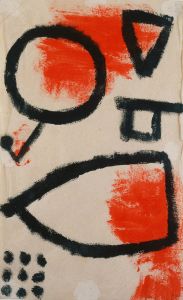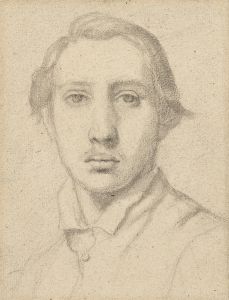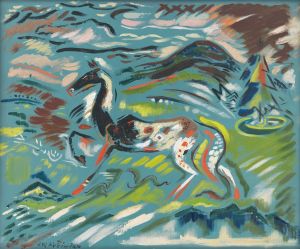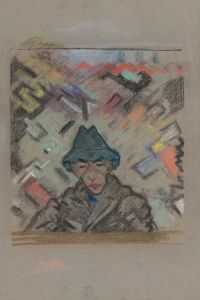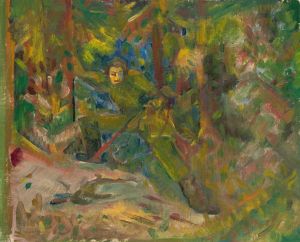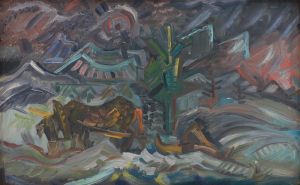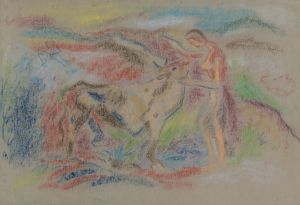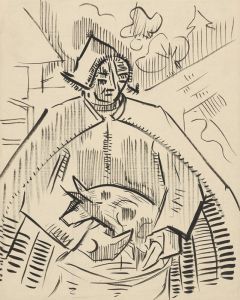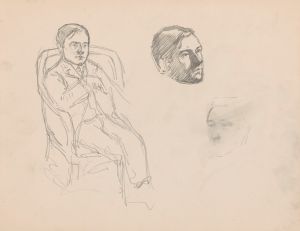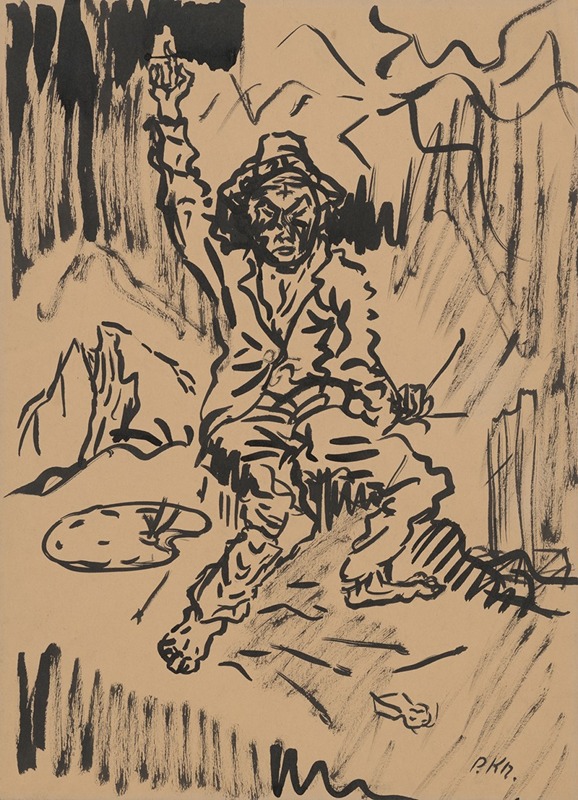
Self-Portrait
A hand-painted replica of Arnold Peter Weisz-Kubínčan’s masterpiece Self-Portrait, meticulously crafted by professional artists to capture the true essence of the original. Each piece is created with museum-quality canvas and rare mineral pigments, carefully painted by experienced artists with delicate brushstrokes and rich, layered colors to perfectly recreate the texture of the original artwork. Unlike machine-printed reproductions, this hand-painted version brings the painting to life, infused with the artist’s emotions and skill in every stroke. Whether for personal collection or home decoration, it instantly elevates the artistic atmosphere of any space.
Arnold Peter Weisz-Kubínčan was a Slovak painter of Jewish descent, known for his contributions to modern art in the early 20th century. His work often reflected the turbulent times he lived through, including the interwar period and the rise of fascism in Europe. Among his notable works is a self-portrait that exemplifies his unique style and personal narrative.
The self-portrait by Arnold Peter Weisz-Kubínčan is a significant piece that offers insight into the artist's self-perception and artistic approach. While specific details about the painting's creation, such as the exact date and medium, are not widely documented, the work is recognized for its expressive quality and modernist influences. Weisz-Kubínčan's self-portrait is characterized by its bold use of color and form, which align with the broader trends of modern art during the time, including elements of expressionism and cubism.
Weisz-Kubínčan's art was deeply influenced by his personal experiences and the socio-political context of his era. Born in 1898 in Dolný Kubín, then part of Austria-Hungary, he lived through World War I, the formation of Czechoslovakia, and the increasing tensions leading up to World War II. These experiences shaped his worldview and, consequently, his artistic expression. His self-portrait can be seen as a reflection of his identity and the complex emotions stemming from his life experiences.
The self-portrait is notable for its introspective nature, as it not only captures the physical likeness of the artist but also conveys a deeper psychological insight. Weisz-Kubínčan's use of color and brushwork suggests a dynamic and perhaps tumultuous inner life, a common theme in self-portraits by artists who seek to explore their own identities. The painting's composition and style may also reflect the influence of other contemporary artists and movements, although Weisz-Kubínčan maintained a distinct voice in his work.
Tragically, Weisz-Kubínčan's life and career were cut short by the events of World War II. As a Jewish artist in Slovakia during the rise of Nazi influence, he faced persecution, and his life ended in 1944 under circumstances that remain unclear but are believed to be related to the Holocaust. Despite his untimely death, Weisz-Kubínčan left behind a body of work that continues to be studied and appreciated for its artistic merit and historical significance.
The self-portrait by Arnold Peter Weisz-Kubínčan remains an important piece within his oeuvre, offering a window into the artist's soul and the era he lived in. It stands as a testament to his talent and the enduring impact of his work on Slovak and European art history. While not as widely known as some of his contemporaries, Weisz-Kubínčan's contributions to modern art are increasingly recognized and celebrated in exhibitions and collections dedicated to preserving the legacy of early 20th-century artists.





